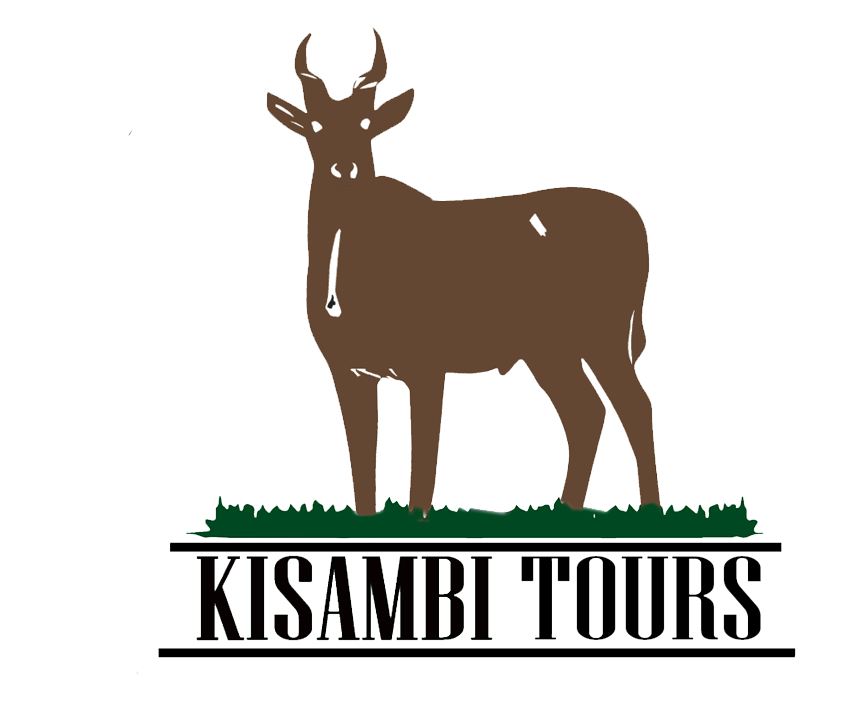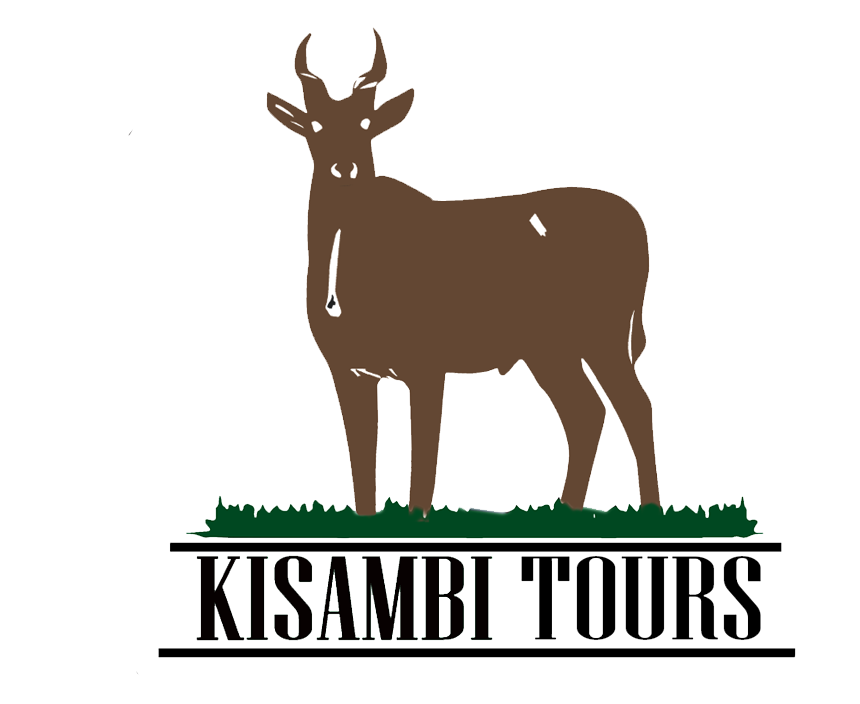Kilimanjaro Climbing (FAQ’s)
Home » Kilimanjaro Climbing (FAQ’s)
Personalized Tours for Exceptional Experiences
Frequently Asked Questions (FAQ's )
We know there are many questions lingering in your mind about traveling to Tanzania. From knowing what is the best Trekking Route In Kilimanjaro to how much does a Kilimanjaro Trekk cost. To make sure that you travel with confidence, we have prepared a Kilimanjaro Climbing FAQ’s list for you.
Although we run treks all year round, typically, the months of January & February and also September & October are considered to be the best months in terms of dry weather and moderate temperatures. June to August are also good months in terms of dry weather but temperatures will be much cooler.
Tanzania has two “rainy seasons” – the “short rains” during November and December and the “long rains” during March to the end of May. These are the rainiest months and climbing conditions are not as favourable. We recommend climbing via the Rongai Route in the wetter months, since the northern side of the mountain receives less precipitation.
Treks range from 5 to 9 days, depending on which one of the 6 official routes you use to climb Kilimanjaro. The Marangu Route is the shortest and can be completed in 5 days but it has the lowest summit success rate. The reason for this is mainly due to the lack of opportunity for the body to acclimatize to the high altitude.
In essence, the longer the climb, the better the chances are of summiting – Acclimatization is achieved by spending more time on the mountain. Opting for a shorter route may seem like a good idea to save on expenses, but in reality you are simply significantly reducing your chances of a reaching the summit.
On the Marangu Route there are simple basic huts. The first two huts sleep four people each and the last hut is dorm-style with bunk beds. On all other routes, you will sleep in 3-person dome style mountain tents, two people each. The tents are modern and have an outer flysheet and large vestibules keep equipment from the elements. They are set up, broken down and carried along with everything else by our porters. A toilet tent is set up at every campsite and hot water is provided for each person every morning if possible (no showers). There will be dining tents with chairs and tables where all meals will be served. Before the meals we will provide soap and hot water for washing your hands.
At 5.895 meters high and approximately 70 miles wide by 47 miles long! Kilimanjaro is an imposing landmass that supports five diverse ecological zones with varying temperatures and a vast amount of plant and animal life. Whilst on your trek you will go through all the climate zones on your way to the summit.
At the base of the mountain the temperatures are usually between 70°F and 80°F. which rapidly decrease as you gain altitude and pass through the different zones. The night temperatures on Uhuru peak can drop to -10°F. At high altitude the weather conditions can change rapidly and it is best to be prepared for extreme conditions.
You are expected to carry your own day pack, which should be able to sustain you until you reach a camp at the end of the day. You do not need to carry your person back-pack/ duffel-pack it will be carried by a porter. The weight per porter is limited to 20kgs. Your duffel bag will be brought from campsite to campsite-before you arrive it will already be there. What do you need during the day in your pack will depend on your priorities, but will generally include drinking water, basic medical kit, camera, water proof layers, a pair of gloves and hat, a warm layer, and snacks.
We provide tents, sleeping Mattress, food, utensils and leadership. You should bring your own sleeping bag rated to 10 degrees F., water system, personal clothing, light duffle bag and day pack. Hiking poles can be rented for $15. A packing list is provided to all climbers, along with our pre-departure packet.
You will simply carry a day pack of about 5-6 pounds, though some people carry more or less. Your gear, not to exceed 33 pounds, will be placed inside a waterproof duffle at the trail head, and a porter will carry this for you. If you have things you do not need on the climb, you may leave a bag behind at Moshi in our office.
The usual ratio is three local staff for each climber, although small groups may have four staff per climber. These usually consist of an English-speaking local guide or guides, a professional cook and gear-carrying porters. We encourage you to interact with your staff, though some will have limited English. They are all trustworthy local people who have grown up in the shadow of the mountain. This is because we are Kilimanjaro local Tour company. Many of them have climbed the peak 50 or more times.
Some climbers may fall short of reaching the summit, but not at the expense of their overall experience. Even for those who never reached the top, the experience of the wonders of Kilimanjaro is rewarding. If one or more members of a group decide they cannot continue or if a guide deems it is unsafe for an individual (or group) to continue, they will be escorted to the most convenient campsite or hut. Our guides intimately know the network of shortcuts to escort climbers to safety, and they are trained to act quickly and calmly under any circumstance.
There is no need to worry because this is a common concern. It is much better for your body if you proceed slowly and our local private guides will continually remind you about this (“pole pole”-Swahili word which means slowly). By walking slowly, your body will much better acclimatize to the high altitude. There is plenty of time allotted each day for the trek, even for those who like to go very slowly.
It is more reasonable to measure each day in hours walked rather than miles. Most days, other than the summit day, will begin with breakfast around 6:30 AM and departure at 7 A.M. You will walk 4-5 hours with a break for lunch followed by another hour or two of hiking in the afternoon. These days are not long or difficult and you will be advised to walk slowly (“pole pole” in Swahili) by your guide.
Many texts state that Kilimanjaro is easily accessible. However, you should not underestimate this mountain. There are no technical mountaineering skills required, but general fitness is necessary. However, the biggest problem for climbers is the effects of high altitude, which seem to be unrelated to fitness, age or gender. It is a good idea to start some physical training prior to the trek, which might include aerobic cross training and hiking to familiarize your body with the rigors or the trek. The fitter you are, the easier the climb will be for you. Determination and will power are other important factors.
We recommend a minimum of 7-9 days, although some people may want more days or less for the trip. We can customize itineraries or routes to offer more days or less days in the park depending on your preference. Some people may wish to climb nearby Mount Meru as well. If you have more than 10 days, you can choose any of the main routes on the mountain and still have time for a wildlife safari before or after your trip.

